Vibratory feeders are automated devices used in various industries for efficient material handling and processing. They utilize vibration to transport and feed a wide range of materials, such as solid components, bulk solids, or even delicate items, ensuring a smooth and controlled flow. These feeders find application in diverse sectors, including manufacturing, food processing, pharmaceuticals, mining, and more. In the manufacturing industry, vibratory feeders are employed for precise assembly processes, aiding in the smooth and accurate feeding of small parts or components. Read More…
Rodix manufactures vibratory feeder controls, inline track drives, drive bases, & bulk storage hoppers for part feeding systems. Our line of vibratory feeder controls feature variable amplitude, variable frequency, line-voltage compensation, UL/cUL Listed, CE Marked, and more. We have experience working with machine integrators, vibratory feed system builders, and manufacturers.
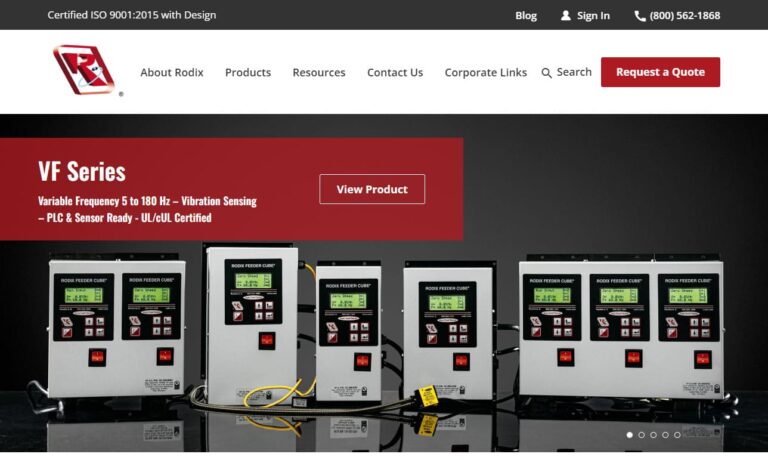
PPM Technologies Holdings, LLC is an innovative industry leader in the vibratory feeder industry. Our main focus has always been to provide our customers with high-quality products with the exact specifications for their needs. With our wide range of products, we are able to serve various industries.
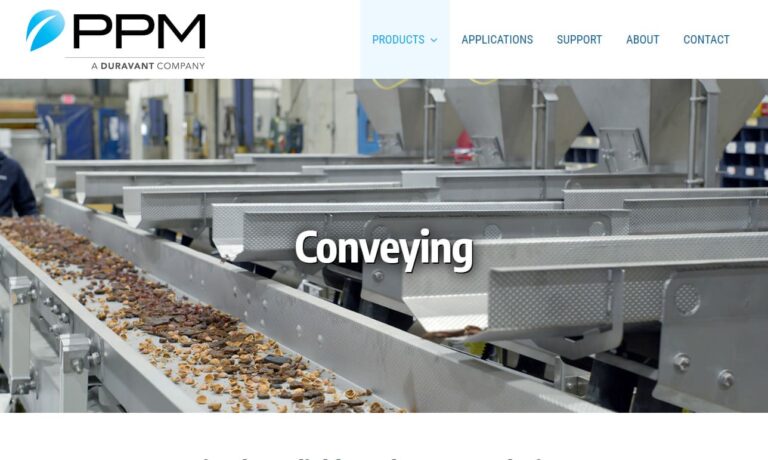
At Spectrum Automation Company, we specialize in developing and manufacturing advanced vibratory feeder systems that help automate and streamline material handling across a wide range of industrial environments. With decades of experience behind us, we bring precision engineering, dependable performance, and thoughtful innovation to every solution we deliver.

At Gough Econ, we specialize in designing and manufacturing comprehensive material handling systems, with a strong emphasis on vibratory feeders that deliver precision and consistency in even the most demanding applications. We take pride in offering fully integrated solutions that enhance production efficiency and product flow across a wide variety of industries, including food processing,...

More Vibratory Feeder Manufacturers
In today’s fast-paced industrial landscape, vibratory feeders play a pivotal role in automated material handling, parts feeding, and precise product conveying across multiple sectors. In the food processing industry, vibratory feeders are essential for conveying and aligning delicate fruits, nuts, grains, and other food items during packaging and processing operations, ensuring gentle handling and minimizing product damage. These feeders are also extensively used in the mining industry to efficiently transport, separate, and distribute bulk materials such as ores, aggregates, and minerals, enhancing productivity, throughput, and minimizing manual labor. Their versatility and dependability make vibratory feeders invaluable in modern material handling, boosting productivity, reducing manual labor, and improving efficiency across manufacturing, packaging, recycling, pharmaceuticals, and more.
What Is a Vibratory Feeder?
A vibratory feeder is a mechanical device engineered to deliver, move, and orient materials or parts using vibrational energy. By creating a controlled, repetitive motion, these feeders can transport and position products with high accuracy and gentle handling. Vibratory feeders are commonly found in automated assembly lines, material sorting systems, product packaging, and bulk handling operations. Their ability to provide a continuous and consistent material flow makes them an essential component for manufacturers seeking to streamline workflows, optimize throughput, and reduce manual intervention.
Components and Functioning of Vibratory Feeders
Vibratory feeders are composed of several essential components that work in harmony to create an effective and reliable system. At the heart of every vibratory feeder is the vibrating drive unit, which generates controlled vibrations. This unit typically features an electric motor with an eccentric weight or an electromagnetic drive to produce the necessary oscillating motion.
- Drive Unit: Generates the vibratory energy, typically via electromagnetic or motor-driven mechanisms.
- Tray or Trough: The platform that holds and moves materials; can be customized in size, shape, and material to suit specific applications (e.g., stainless steel for food grade).
- Springs: Maintain stability and isolate vibrations, providing support and dampening excess movement for smooth operation.
- Support Structure: Offers a solid foundation, preventing unwanted movement and ensuring the feeder remains securely anchored.
- Control System: Regulates vibration frequency, amplitude, and timing, allowing precise adjustment for different material types and flow rates.
Together, these components form a vibratory feeder that efficiently and reliably transports materials. Whether aligning small parts, conveying bulk solids, or handling fragile items, the coordinated interaction of these components ensures a consistent and controlled flow, enhancing productivity and reducing material handling challenges.
Varieties of Vibratory Feeders
Vibratory feeders come in a diverse range of designs and configurations, each tailored for unique applications and material handling requirements. Understanding the different types of vibratory feeders can help you determine the best solution for your production process:
- Bowl Feeders: Featuring a conical-shaped bowl that vibrates, prompting parts to move upward along spiral tracks. This design is widely used for orienting and feeding small parts, such as screws, fasteners, electronic components, and capsules in assembly lines.
- Tube Feeders: Commonly utilized in the pharmaceutical and chemical industries, tube feeders employ a vibrating tube or cylinder to gently transport delicate tablets, powders, pellets, or capsules without causing damage or contamination.
- Linear Feeders: Use a linear motion to move items in a straight line, ideal for applications requiring precise positioning, sorting, or singulating products for further processing, packaging, or inspection.
- Hopper Feeders: Designed for bulk material handling, hopper feeders are equipped with large capacity bins that regulate the flow of powders, granules, or aggregates into downstream processes.
- Step Feeders: Sequentially feed and orient parts using a series of steps or platforms, often used for feeding parts that are difficult to orient with conventional bowl feeders.
- Custom Feeders: Engineered for specialized requirements, such as high-temperature environments, corrosive materials, or unique part geometries.
Each type of vibratory feeder offers unique features and advantages, meeting the specific needs of various industries and applications. Are you unsure which type of vibratory feeder is best for your production line? Compare vibratory feeder manufacturers or request expert advice to find the optimal solution.
Rules, Regulations, and Agencies
Regulations from various government agencies govern the design, manufacture, and use of vibratory feeders in the United States and worldwide. Ensuring compliance with these regulatory requirements is critical for manufacturers and end-users in industries such as food, pharmaceuticals, and chemicals. Key agencies and standards include:
- Occupational Safety and Health Administration (OSHA): Sets workplace safety standards. OSHA mandates that manufacturers and users of vibratory feeders adhere to safety regulations to protect workers from hazards such as pinch points, electrical risks, and mechanical injuries during maintenance or operation.
- Environmental Protection Agency (EPA): Oversees the environmental impact of vibratory feeders, focusing on noise emissions, air quality, and potential pollution from material handling processes.
- Food and Drug Administration (FDA): For food and pharmaceutical applications, FDA regulations may dictate the use of sanitary designs, food-grade materials, and contamination prevention measures.
- National Electrical Manufacturers Association (NEMA): Sets standards for electrical enclosures and safety features in vibratory feeder equipment.
- International Electrotechnical Commission (IEC): Provides global electrical safety and performance standards for automated feeding systems.
Compliance with these regulations is vital for manufacturers to meet safety and environmental standards, avoid penalties, and ensure a safe, efficient working environment. To stay current, regularly consult agency updates and industry best practices for vibratory feeder operation, maintenance, and installation.
Benefits of Vibratory Feeders
Vibratory feeders offer numerous benefits that enhance efficiency, productivity, and overall operational effectiveness across various industries. Key advantages include:
- Consistent and Controlled Material Flow: Deliver a steady supply to downstream processes, minimizing bottlenecks and interruptions in production lines.
- Increased Productivity: Automated feeding eliminates the need for manual intervention, reducing labor costs and downtime.
- Versatility: Able to handle a wide variety of materials, from micro-components to heavy bulk solids, making them suitable for industries such as manufacturing, recycling, mining, and food processing.
- Gentle Handling: Capable of managing delicate or fragile items like confections, pharmaceuticals, or electronics without causing breakage or surface damage.
- Precise and Adjustable Feeding Rates: Advanced control systems allow operators to fine-tune material flow, improving accuracy, reducing waste, and enhancing product quality.
- Low Maintenance: Simple designs with minimal moving parts mean fewer breakdowns and lower repair costs.
- Easy Cleaning: Many vibratory feeders are designed for easy disassembly and cleaning, which is especially important in food, beverage, and pharmaceutical applications.
- Durability and Reliability: Built for industrial environments, vibratory feeders deliver long service lives and minimal operational disruption.
- Compact Footprint: Space-saving designs allow vibratory feeders to be integrated into tight workspaces or complex assembly lines.
Overall, the benefits of vibratory feeders include increased productivity, improved efficiency, enhanced product quality, versatility in material handling, reduced labor costs, and cost-effectiveness, making them essential components in a wide range of industries.
Common Applications and Use Cases for Vibratory Feeders
Vibratory feeders are indispensable in numerous industrial sectors due to their adaptability and optimized performance. Here are some of the most common applications:
- Automated Assembly Lines: Feeding and orienting small parts, such as fasteners, bearings, or electronic components, for robotic pick-and-place operations or manual assembly stations.
- Food and Beverage Processing: Conveying, sorting, and aligning food products for packaging, inspection, or further processing, with food-grade materials ensuring hygiene and compliance.
- Pharmaceutical Manufacturing: Transporting, counting, and positioning capsules, tablets, and vials with high precision and minimal risk of breakage or contamination.
- Mining and Quarrying: Moving, screening, and separating bulk materials such as ores, gravel, and minerals to streamline downstream processes like crushing and sorting.
- Recycling and Waste Management: Feeding, sorting, and classifying recyclable materials (metals, plastics, glass) for efficient processing and waste reduction.
- Packaging: Delivering products to filling, labeling, and sealing machines at consistent rates to maximize throughput.
- Inspection and Quality Control: Presenting products in a single file or consistent orientation for automated vision systems or manual inspection.
Are you exploring how vibratory feeders can streamline your operations or improve product quality? Contact a vibratory feeder expert for customized solutions or request a quote from top manufacturers.
Limitations of Vibratory Feeders
Although vibratory feeders offer many advantages, it’s important to consider their potential limitations when selecting a system:
- Handling of Cohesive or Sticky Materials: Vibratory feeders can struggle with substances that clump, bridge, or jam, such as moist powders or sticky granules, which may obstruct material flow or cause blockages.
- Material Wear and Tear: Abrasive materials or heavy-duty applications can cause significant wear on trays and components, leading to increased maintenance and possible downtime.
- Size and Weight Limitations: Vibratory feeders are typically best suited for small to medium-sized materials; very large, heavy, or oddly shaped items may not be handled efficiently.
- Noise and Vibration Transmission: High-frequency oscillations can contribute to workplace noise and may require additional noise-dampening or isolation measures.
- Power Consumption: Electromagnetic or motor-driven feeders may require significant electrical power, particularly for large-scale or high-frequency systems.
It is crucial to evaluate the properties of the materials being processed and consider these constraints when choosing or designing a vibratory feeder system. Addressing these limitations often requires customization, such as applying specialized coatings, modifying tray designs, or integrating extra features to manage specific material challenges effectively.
Overcoming Limitations
Manufacturers of vibratory feeders are actively addressing these limitations through ongoing research, engineering, and innovation. Strategies for overcoming common challenges include:
- Enhanced Surface Coatings and Linings: Non-stick and abrasion-resistant coatings prevent sticky or abrasive materials from adhering, reducing the risk of clogging and tray wear.
- Custom Tray Designs: Incorporating angled surfaces, adjustable gates, or vibration patterns tailored to specific materials ensures smooth, reliable flow even with challenging products.
- Advanced Control Systems: Modern feeders employ programmable logic controllers (PLCs), variable frequency drives (VFDs), and sensor feedback for precise adjustments of vibration amplitude, frequency, and timing.
- Predictive Maintenance and Diagnostics: Integration of real-time monitoring, IoT sensors, and predictive analytics helps identify wear, misalignment, or impending failures before they cause unplanned downtime.
- Noise Reduction and Isolation: The use of sound-dampening materials, vibration isolators, and enclosure designs minimize noise pollution and vibration transmission.
These collective advances enhance the reliability, versatility, and performance of vibratory feeders, enabling them to overcome existing limitations and meet the evolving demands of industries such as manufacturing, recycling, and bulk materials handling.
Choosing the Right Vibratory Feeder
Selecting the appropriate vibratory feeder for your application involves careful consideration of several key factors. Here are the most important decision points:
- Material Characteristics: Assess the size, shape, density, moisture content, abrasiveness, and flow properties of the materials to be handled. Choose a feeder that can effectively manage these requirements.
- Feed Rate Requirements: Determine how much material needs to be conveyed per minute or hour. Proper sizing ensures the feeder can meet your production goals without bottlenecks or overfeeding.
- Environmental Conditions: Consider temperature, humidity, dust, and the presence of corrosive or hazardous materials. Select feeders made from appropriate materials (e.g., stainless steel, coated surfaces) for durability and compliance.
- System Integration: Evaluate how the feeder will interface with existing automation, conveyors, or downstream equipment. Ensure compatibility with control systems and physical layout.
- Ease of Maintenance: Look for feeders with accessible components, minimal moving parts, and straightforward cleaning or servicing requirements.
- Reliability and Support: Consider the manufacturer’s reputation, availability of spare parts, technical support, and warranty coverage.
- Customization Options: For unique materials or challenging requirements, opt for manufacturers who offer custom engineering and flexible design options.
Consulting with industry experts and reputable manufacturers, conducting thorough material testing, and seeking recommendations based on industry best practices can provide valuable insights into selecting the right feeder. Browse our directory of vibratory feeder manufacturers to compare capabilities and request quotes.
Not sure how to start your search? Ask yourself:
- What type of material am I handling, and how does it behave?
- What is my required feed rate and throughput?
- Do I need a feeder that meets food-grade or sanitary requirements?
- Will the feeder need to integrate with robotics, vision, or other automation?
- What is my available space and budget?
Answering these questions will help narrow your options and ensure you select a vibratory feeder that delivers optimal performance and ROI.
Integration with Automation Systems
The integration of vibratory feeders with automation and control systems is transforming modern manufacturing and processing environments. When paired with robotic assembly lines, programmable logic controllers (PLCs), or computerized vision systems, vibratory feeders provide synchronized, precise material delivery essential for high-speed, lights-out manufacturing.
- Sensor Integration: Sensors can monitor material levels, detect jams, and trigger feeder activity based on real-time production needs.
- Feedback Mechanisms: Automation systems can communicate with vibratory feeders, adjusting feed rates or starting/stopping flow in response to upstream or downstream conditions.
- Programmable Operation: Modern feeders can be programmed for batch feeding, timed intervals, or on-demand delivery, ensuring maximum flexibility and responsiveness.
- Remote Monitoring and Diagnostics: IoT-enabled feeders allow operators to monitor status, performance, and maintenance needs from centralized control rooms or via mobile devices.
This integration enhances control and adaptability, optimizing production rates and minimizing errors. By improving accuracy, speed, and reducing manual labor, the combination of vibratory feeders and automation enables companies to boost efficiency, reduce costs, and maintain competitive advantages in fast-paced markets.
Looking to automate your material handling or assembly process? Speak to an automation integration specialist for tailored advice and system design services.
Maintenance and Troubleshooting
To ensure optimal performance and longevity of vibratory feeders, a proactive maintenance and troubleshooting program is critical. Here are best practices for maintaining vibratory feeders:
- Scheduled Inspections: Regularly inspect for signs of wear, damage, misalignment, or loose components. Early detection prevents small issues from escalating into major breakdowns.
- Routine Cleaning: Remove accumulated debris, product residue, or material build-up. Cleaning frequency depends on application—ranging from daily to weekly or as needed for your process.
- Lubrication: Apply lubrication to bearings, drive mechanisms, and other moving parts as recommended by the manufacturer.
- Monitor Vibrations and Noise: Abnormal vibrations or increased noise levels can indicate misalignment, worn springs, or drive issues. Address immediately to prevent further damage.
- Check Electrical Components: Inspect wiring, connections, and control panels for signs of wear or overheating.
Troubleshooting Common Issues:
- Material Blockages: Check for clogs in the tray, tube, or hopper. Remove obstructions and consider tray modifications or coatings for sticky materials.
- Inconsistent Feed Rate: Adjust control settings, check for worn springs, or inspect the drive unit for faults.
- Irregular Vibrations: Inspect for loose bolts, damaged springs, or imbalanced drive weights.
Always consult your feeder’s manual and follow the manufacturer’s recommended troubleshooting procedures. For complex repairs or persistent issues, involve a trained technician or contact the manufacturer’s support team. Adhering to regular maintenance and prompt troubleshooting practices ensures optimal performance, minimizes downtime, and extends the lifespan of vibratory feeders.
Future Outlook
The future of vibratory feeders is bright, with ongoing innovation driving greater intelligence, efficiency, and adaptability. Emerging trends shaping the industry include:
- Smart Feeders with AI Integration: Artificial intelligence and machine learning algorithms will enable feeders to analyze and respond to changing material characteristics in real-time, optimizing efficiency and reducing waste.
- Advanced Sensors: Improved sensor technology will enhance monitoring and adjustment of vibration parameters, ensuring precise, reliable, and adaptive feeding for a broader range of materials.
- Material Innovations: The development of new alloys, polymer coatings, and composite materials will reduce wear, improve hygiene, and extend the service life of trays and components.
- Industry 4.0 and IoT Connectivity: Integration with smart factory networks will facilitate predictive maintenance, data analytics, and remote monitoring, maximizing uptime and reducing operational costs.
- Increased Customization: Modular designs and flexible engineering will allow end-users to tailor feeders for unique materials, spaces, and automation requirements.
- Enhanced Regulatory Compliance: Design improvements will help users more easily meet evolving health, safety, and environmental standards, particularly in food, pharma, and hazardous environments.
As industries continue to focus on automation, productivity, and efficient material handling, vibratory feeders are set to play a critical role in tomorrow’s manufacturing, processing, and recycling facilities, offering enhanced performance and seamless integration with advanced technologies.
Choosing the Right Vibratory Feeder Manufacturer
To achieve the best results when purchasing vibratory feeders, it’s essential to compare multiple companies using our directory of vibratory feeder manufacturers. Each manufacturer has a detailed business profile page showcasing their expertise, certifications, and capabilities, along with a direct contact form for requesting more information, technical support, or a custom quote.
- Research and Compare Manufacturers: Use our patented website previewer to quickly review each company’s specialties, product lines, and application focus.
- Request Quotes and Information: Use our straightforward RFQ (Request for Quote) form to contact several vibratory feeder businesses simultaneously, saving you time and ensuring you receive competitive pricing and solutions.
- Evaluate Technical Support: Assess each manufacturer’s ability to provide ongoing technical support, spare parts, installation services, and custom engineering.
Ready to find the right partner for your vibratory feeder project? Browse our complete list of vibratory feeder manufacturers to get started today.
Frequently Asked Questions About Vibratory Feeders
What industries benefit most from vibratory feeders? Industries such as food processing, pharmaceuticals, automotive, electronics, mining, recycling, and packaging all benefit from the high efficiency and automation vibratory feeders provide.
How do I determine the appropriate size and type of vibratory feeder? Consider material characteristics, required feed rate, product sensitivity, available space, and integration needs. Consulting with a reputable manufacturer or using a material testing service will help ensure the right fit.
Can vibratory feeders be customized for unique materials or environments? Yes, many manufacturers offer custom tray designs, material options, coatings, and control systems to address challenging materials or stringent regulatory requirements.
What are the maintenance requirements for vibratory feeders? Regular inspections, cleaning, lubrication, and monitoring are vital. Follow the manufacturer’s guidelines and schedule preventive maintenance to maximize uptime.
How do I reduce noise or vibration transmission from my feeder? Use sound-dampening materials, isolation mounts, and enclosure designs. Consult with your supplier for application-specific solutions.
Still have questions? Contact a vibratory feeder specialist or explore our knowledge base for more information.
Check out our Recycling Equipment website
Check out our Vacuum Cleaners website
“`

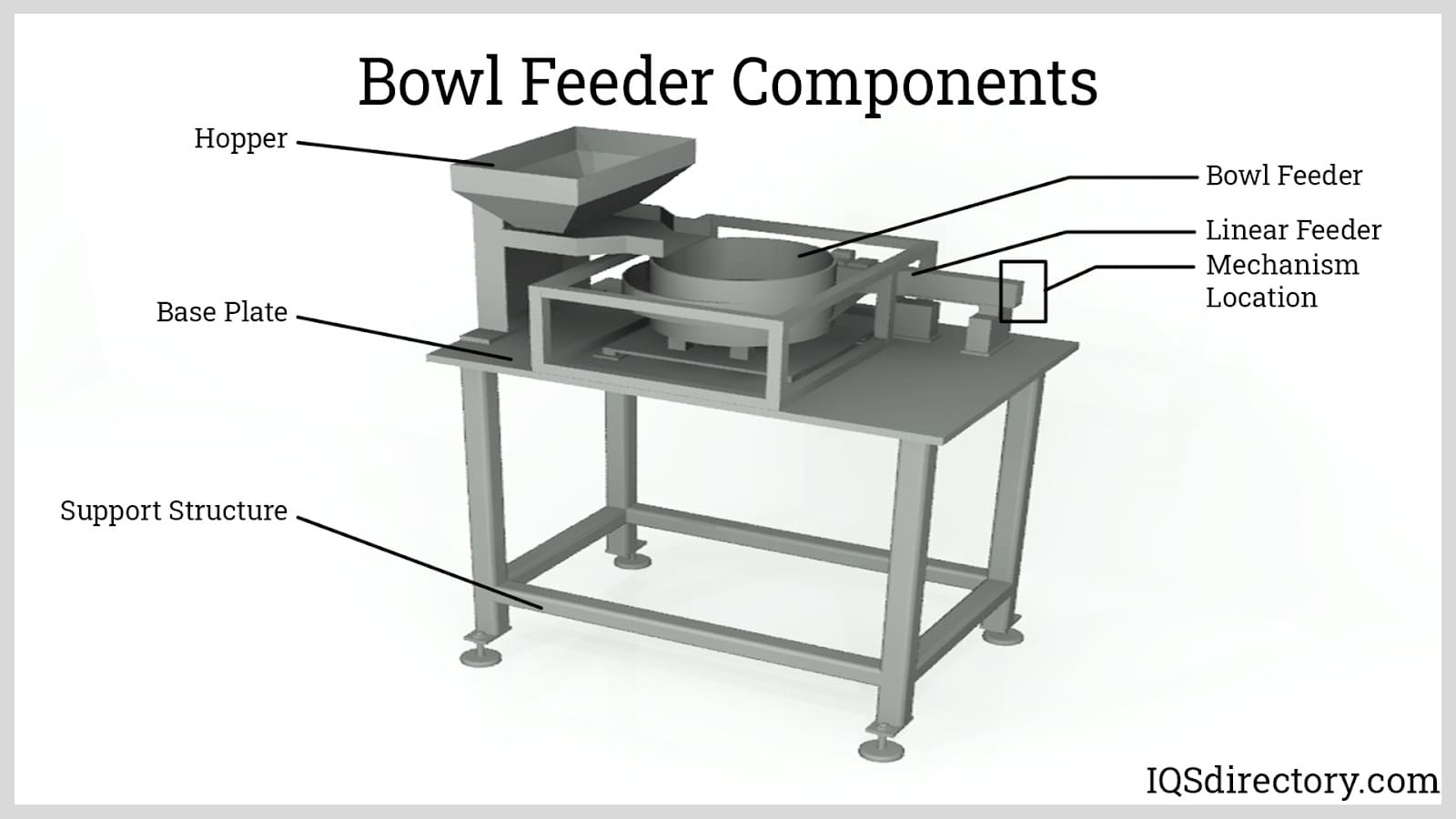
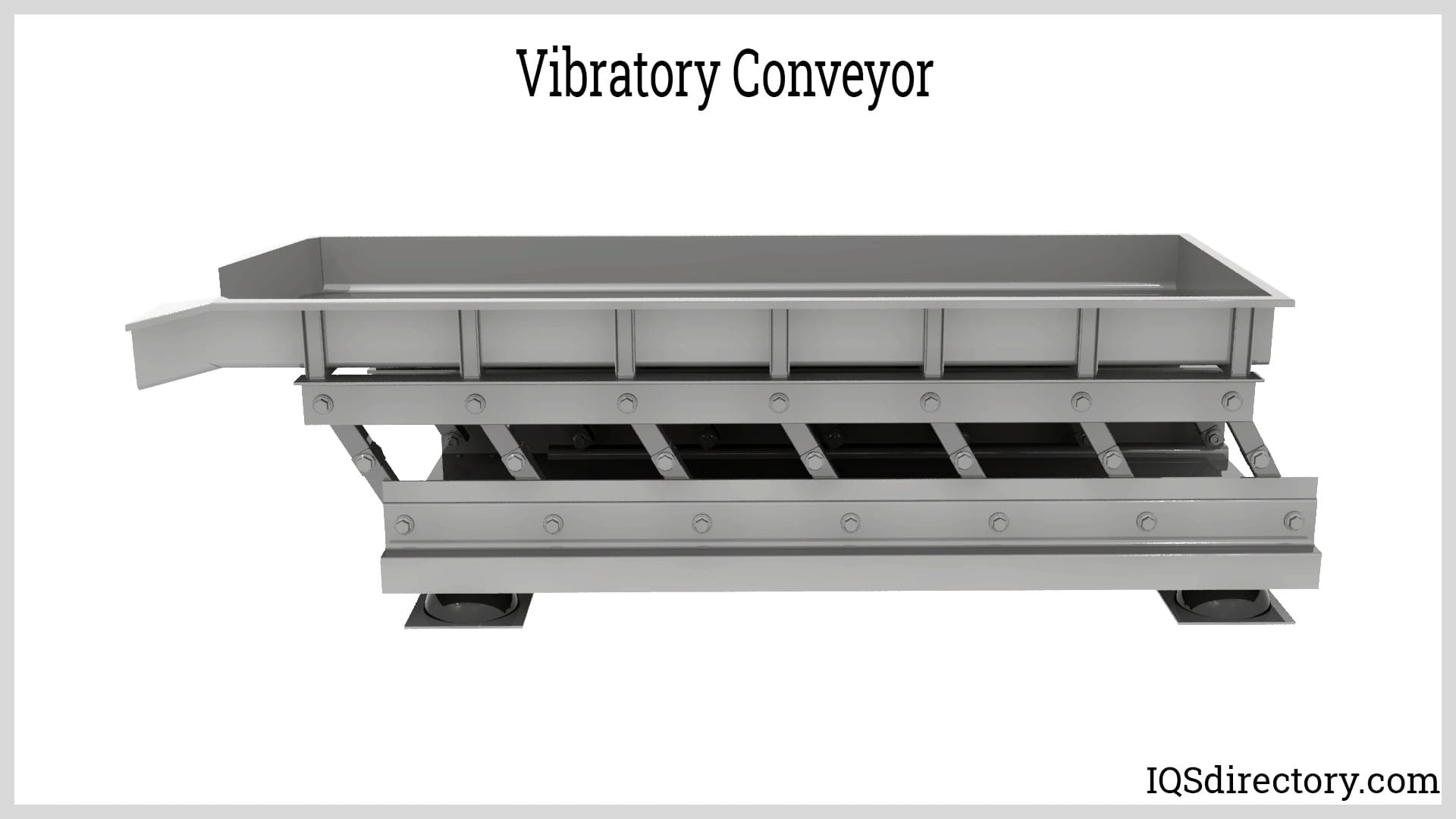
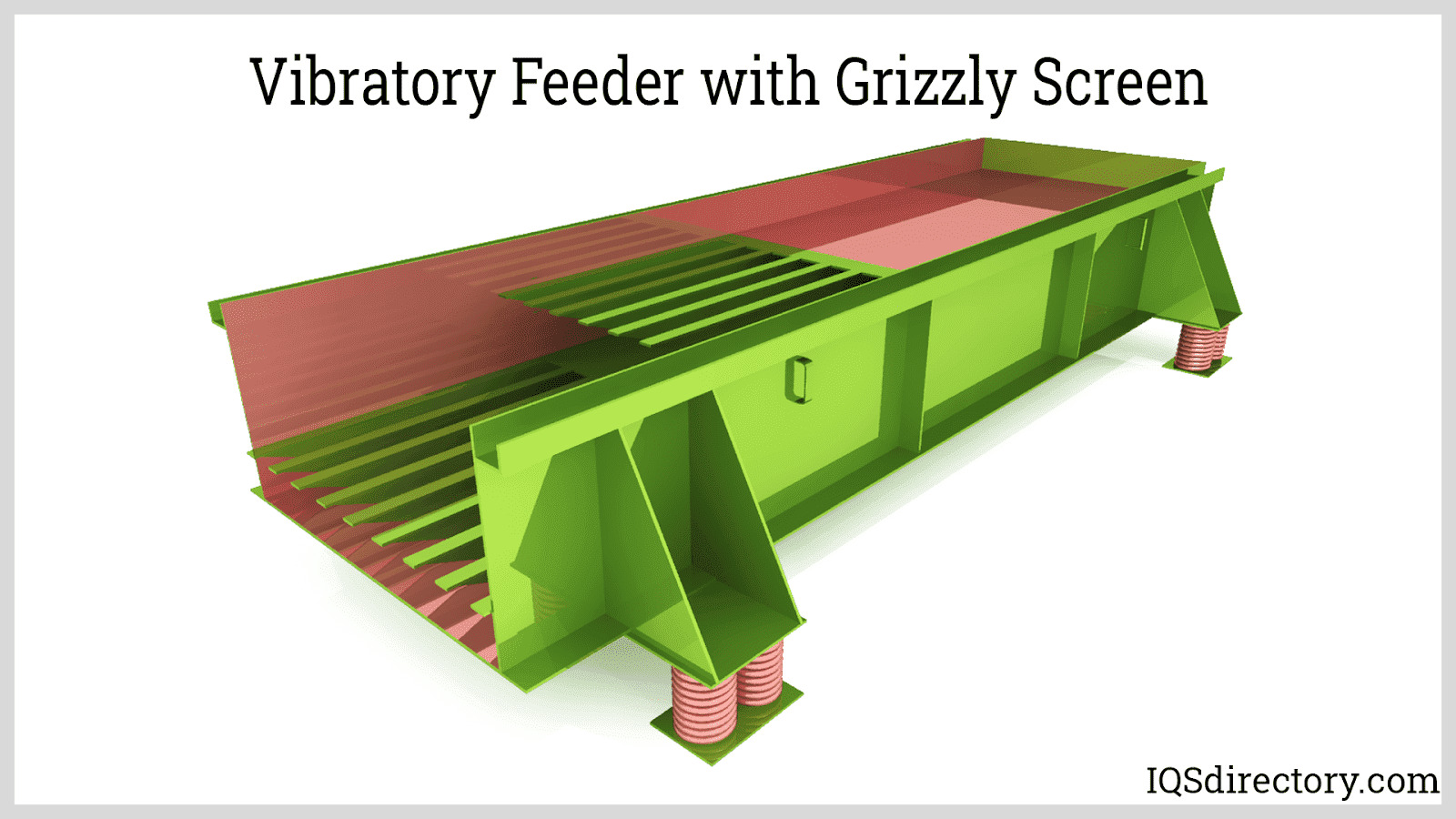
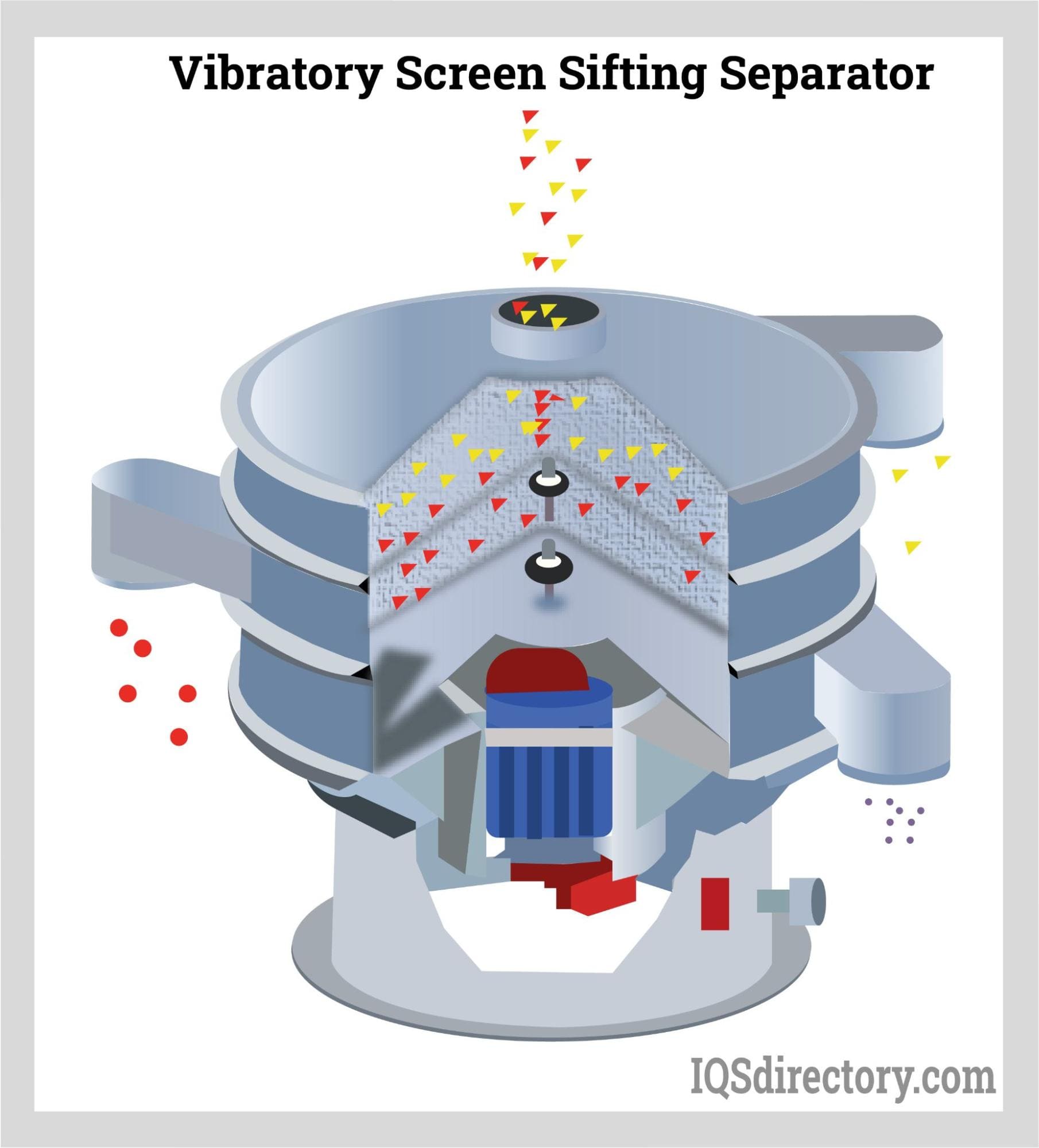

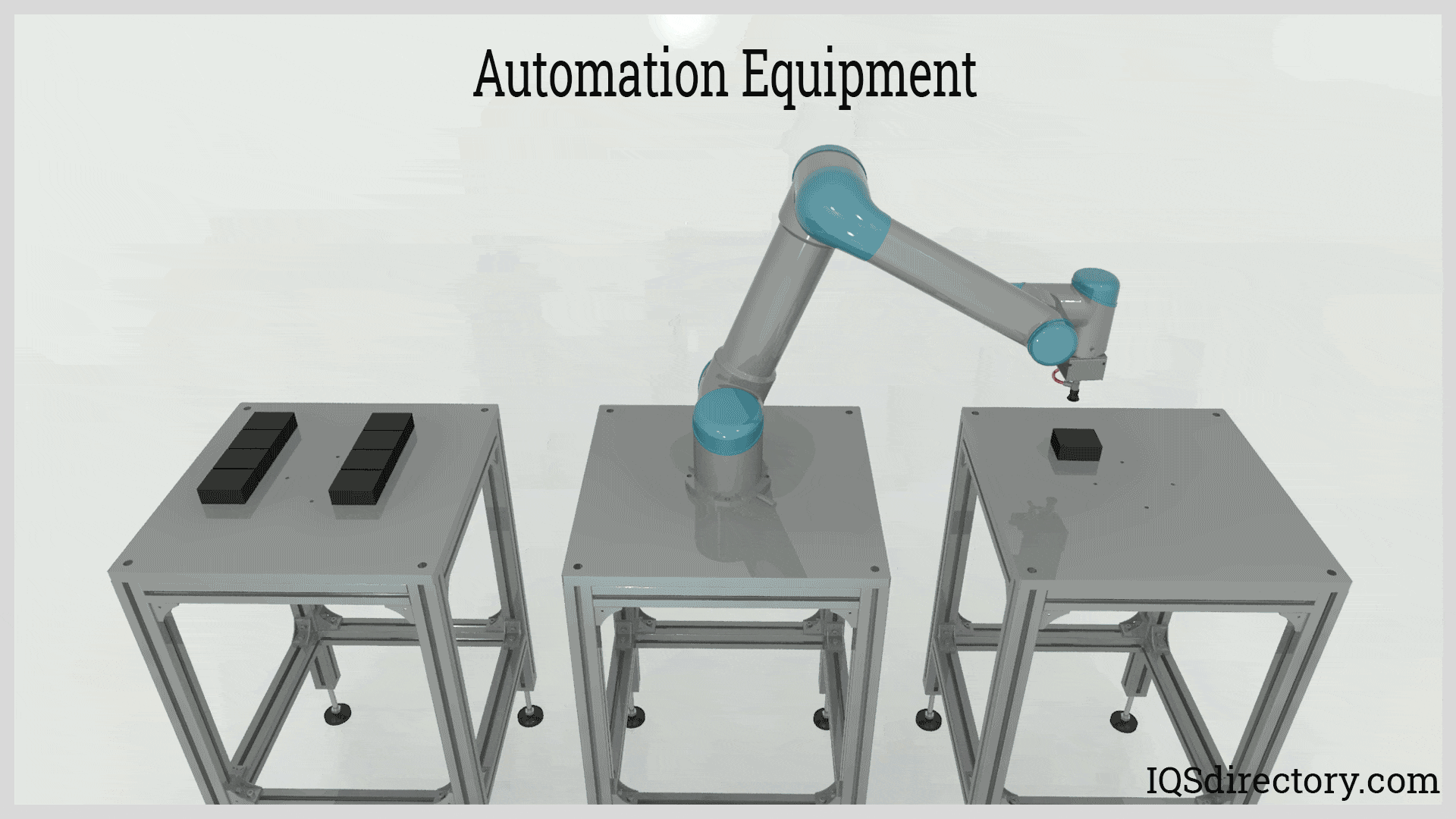
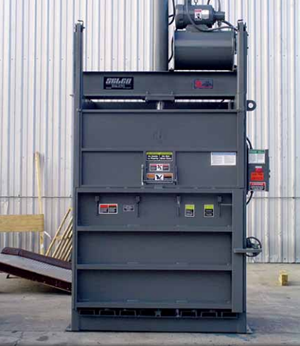 Balers
Balers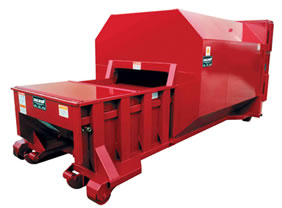 Compactors
Compactors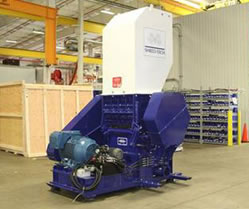 Granulators
Granulators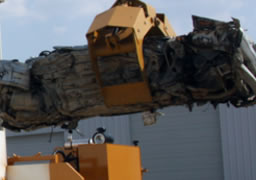 Grapplers
Grapplers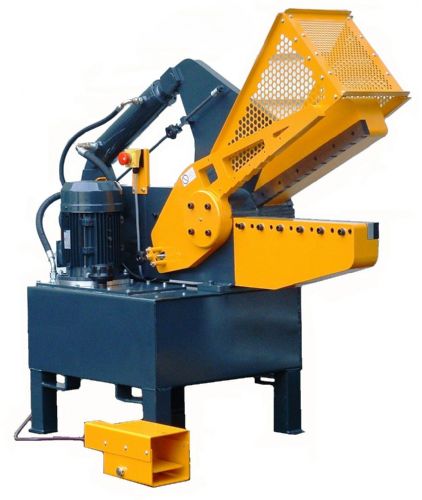 Metal Shears
Metal Shears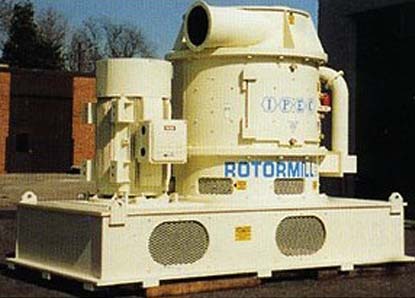 Pulverizers
Pulverizers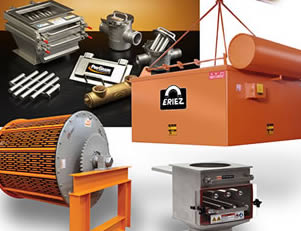 Separators
Separators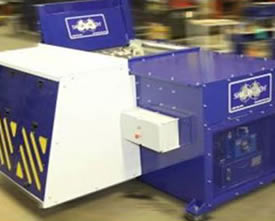 Shredders
Shredders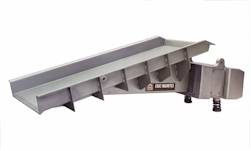 Vibratory Feeders
Vibratory Feeders Castings & Forgings
Castings & Forgings Bulk Material Handling
Bulk Material Handling Electrical & Electronic Components
Electrical & Electronic Components Flow Instrumentation
Flow Instrumentation Hardware
Hardware Material Handling Equipment
Material Handling Equipment Metal Cutting Services
Metal Cutting Services Metal Forming Services
Metal Forming Services Metal Suppliers
Metal Suppliers Motion Control Products
Motion Control Products Plant & Facility Equipment
Plant & Facility Equipment Plant & Facility Supplies
Plant & Facility Supplies Plastic Molding Processes
Plastic Molding Processes Pumps & Valves
Pumps & Valves Recycling Equipment
Recycling Equipment Rubber Products & Services
Rubber Products & Services